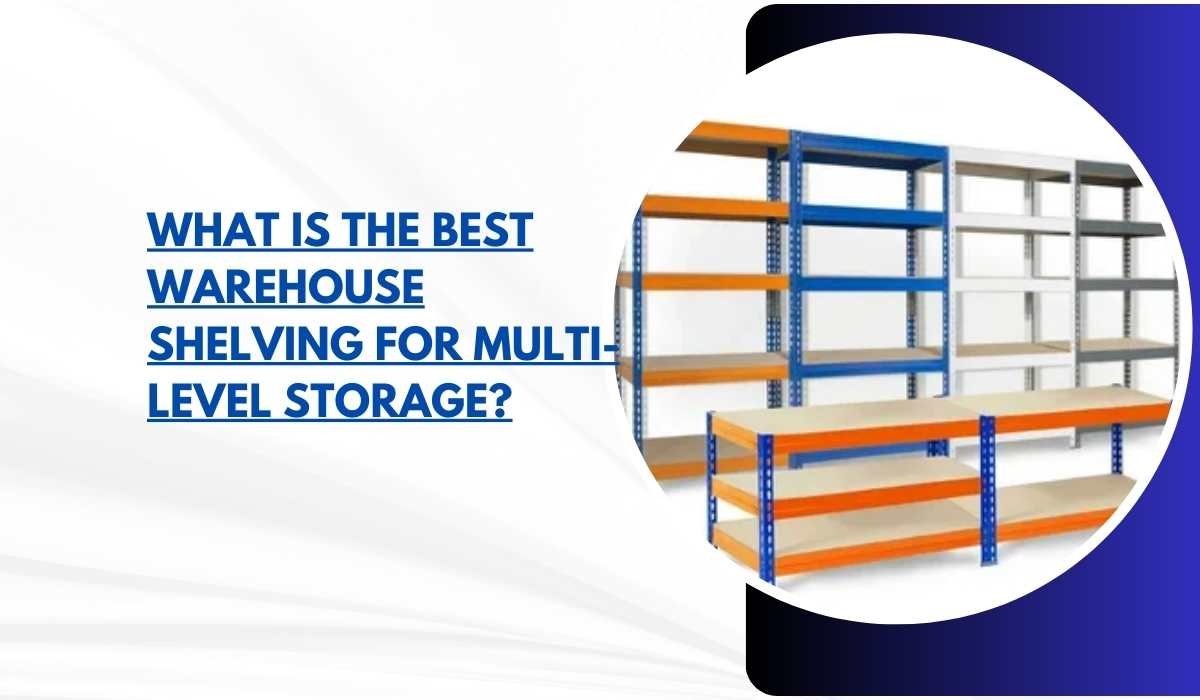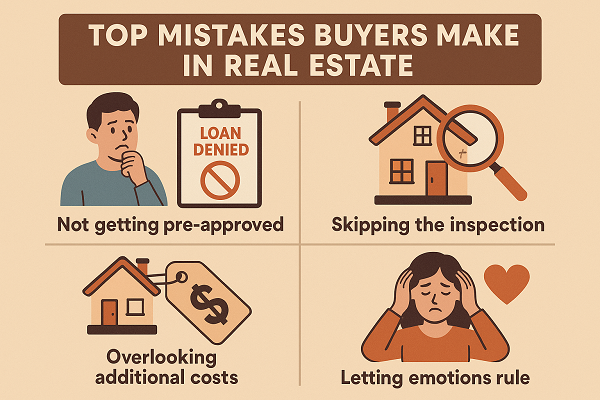When you think about organizing a warehouse, one of the first things that come to mind is storage. But what happens when you run out of floor space? The answer is simple: you start thinking vertically. Multi-level storage is a smart and effective way to solve this problem, but choosing the right shelving system can be tricky. With so many options available, which is the best one for multi-level storage? Let’s dive into this topic and explore the best shelving solutions that could revolutionize your warehouse space.
Why Multi-Level Storage Is Important
Before we explore the best shelving options, it’s important to understand why multi-level storage is so beneficial in the first place. Multi-level shelving systems take advantage of the vertical space in a warehouse, which is often underutilized. By adding more levels of shelving, you can increase your storage capacity without expanding the size of your warehouse.
Note: If you’re looking for efficient and durable warehouse shelving in Sharjah, it’s important to select a system that suits your space and inventory needs. Proper shelving can boost storage capacity, streamline your operations, and enhance accessibility. For reliable shelving solutions, get in touch with experts at STORMAT SYSTEMS & SOLUTIONS today and ensure your warehouse functions optimally.
Whether you’re managing a small business or a large distribution center, maximizing your storage potential can lead to better organization, improved inventory control, and more efficient use of available space. Multi-level shelving also helps create a cleaner and more accessible work environment by reducing clutter and making it easier to access stored goods.
Benefits of Multi-Level Storage
- Increased Storage Capacity: By going vertical, you can store more items in the same space.
- Improved Organization: Multi-level systems allow for better categorization and easy access to products.
- Better Utilization of Space: Shelving systems are designed to utilize both horizontal and vertical space, ensuring no space goes to waste.
- Enhanced Efficiency: By reducing clutter and organizing items, warehouse employees can find products faster, saving time.
Now that you understand the importance of multi-level storage, let’s take a closer look at the best shelving options available.
Types of Warehouse Shelving for Multi-Level Storage
There are several types of warehouse shelving systems to consider, each with its own set of benefits and drawbacks. The best choice depends on your specific needs, the type of products you’re storing, and the available space in your warehouse. Let’s explore some of the most popular options for multi-level shelving.
1. Racking Systems
Racking systems are one of the most common shelving solutions for multi-level storage. They are designed to hold heavy loads and are perfect for warehouses with large items or bulk storage needs.
Types of Racking Systems for Multi-Level Storage
- Pallet Racking: Pallet racking is a heavy-duty shelving system designed to hold large loads, typically on pallets. This system works great for warehouses storing bulk goods or products in large quantities. The racking system is adjustable, so it can be customized to different heights and levels, making it a versatile choice for multi-level storage.
- Selective Racking: Selective racking is ideal for warehouses that need easy access to individual products. It allows you to store pallets in a way that makes it simple to retrieve items. Selective racking is highly flexible and can be configured to fit multi-level storage requirements.
- Drive-In Racking: This is a high-density racking system that maximizes storage by allowing forklifts to drive into the racking system. It’s perfect for storing bulk items that are accessed less frequently. The design allows multiple levels of storage, so it’s a great choice for warehouses looking to go vertical.
2. Mezzanine Systems
If you’re looking to add an additional level of storage without taking up more floor space, a mezzanine system is an excellent solution. A mezzanine is essentially an additional floor added to your existing warehouse structure, supported by pillars and beams. This extra level allows for the creation of multi-level shelving and storage areas.
Benefits of Mezzanine Shelving:
- Space Efficiency: Mezzanines make use of vertical space without the need for expensive warehouse expansions.
- Flexibility: The shelving and storage configurations can be easily customized to fit your specific needs.
- Easy Accessibility: Mezzanine shelving systems can be fitted with staircases or lifts, making it easy to access items stored on upper levels.
One thing to keep in mind when considering mezzanine systems is that they may require additional permits or structural assessments, especially in large warehouses. However, the storage capacity and flexibility they offer often outweigh the initial investment.
3. Shelving Units
Shelving units are a more traditional option for multi-level storage. These units can be arranged in rows to create several levels of storage within your warehouse. While they are typically used in smaller warehouses or for lighter loads, they can be customized to fit a variety of storage needs.
Types of Shelving Units for Multi-Level Storage:
- Steel Shelving: Steel shelving is durable and can hold a significant amount of weight. It’s a versatile option that can be configured into multi-level systems, allowing for more storage space.
- Wire Shelving: Wire shelving is a lightweight and easy-to-move option. It’s great for storing small to medium-sized items. You can build multi-level wire shelving units to maximize your warehouse’s vertical space.
- Heavy-Duty Shelving: Heavy-duty shelving is designed to hold heavier products. These units are ideal for larger items or warehouses that require robust storage solutions.
Shelving units are simple to install and can be a cost-effective way to add extra levels to your warehouse. However, they may not always provide the same level of customization and flexibility as racking or mezzanine systems.
4. Cantilever Racking
Cantilever racking is an excellent choice for warehouses storing large, bulky, or oddly shaped items. Unlike traditional shelving systems, cantilever racks have arms that extend from a central column, allowing you to store long or irregularly shaped products. These racks are ideal for items such as pipes, timber, and steel bars.
Benefits of Cantilever Racking for Multi-Level Storage:
- Flexible Configuration: The arms on cantilever racks can be adjusted in height and width to accommodate different product sizes.
- Maximizes Vertical Space: By stacking items on multiple levels, cantilever racks make great use of vertical space in the warehouse.
- Durability: Cantilever racks are designed to hold heavy and oversized items, making them perfect for industrial warehouses.
Cantilever racking systems can be expanded vertically to create additional levels of storage, making them suitable for multi-level storage needs.
5. Automated Storage and Retrieval Systems (ASRS)
For highly efficient, tech-driven warehouses, Automated Storage and Retrieval Systems (ASRS) can provide multi-level storage solutions. ASRS uses robotic technology to store and retrieve products from high shelves, reducing the need for manual labor. This system is ideal for warehouses looking to increase storage density while also improving operational efficiency.
Key Features of ASRS:
- High-Density Storage: ASRS systems allow for dense vertical storage, which can maximize your warehouse’s storage capacity.
- Reduced Labor Costs: The automation of product retrieval and storage significantly reduces the need for manual labor.
- Efficient Inventory Management: ASRS provides real-time inventory tracking, ensuring your warehouse operates smoothly.
While ASRS can be expensive and require significant initial investment, it offers long-term benefits in terms of efficiency and space utilization.

How to Choose the Best Shelving for Your Warehouse
Now that you know the various types of shelving options, you might be wondering how to choose the best one for your warehouse. Here are some factors to consider when making your decision:
1. Consider Your Products
The type of products you’re storing is one of the most important factors in selecting the right shelving system. For instance:
- If you store large, bulky items, you might want to consider pallet racking or cantilever racking.
- For small to medium-sized products, shelving units or mezzanine systems may be more suitable.
2. Space Constraints
The size of your warehouse and the available space will also influence your choice of shelving. If your warehouse has limited floor space, a mezzanine system or automated racking may be ideal for maximizing vertical storage. On the other hand, if you have ample floor space, pallet racking or heavy-duty shelving could work well.
3. Budget
Different shelving systems come with different price tags. Mezzanine systems, ASRS, and automated systems tend to be more expensive, while basic shelving units and racking systems are more affordable. Consider your budget when making your decision.
4. Ease of Access
Consider how often you need to access stored products. If you need quick access to products, a selective racking system might be the best choice. If you store goods that don’t need frequent access, high-density storage solutions like drive-in racking or automated systems may be more suitable.
5. Scalability
Think about future growth. If your business is expanding, you’ll want a shelving solution that can easily be scaled. Modular racking systems and mezzanine shelves are flexible and can be expanded as needed.
Conclusion
Choosing the best warehouse shelving for multi-level storage isn’t a one-size-fits-all decision. It depends on various factors such as the size and type of your warehouse, the goods you’re storing, and your budget. From pallet racking systems to mezzanine setups and automated solutions, there are several options to help you make the most of your warehouse space.
If you want to maximize your storage capacity and improve warehouse efficiency, investing in the right multi-level shelving system is crucial. By carefully considering your needs and the available options, you’ll be able to make an informed decision and create a highly functional warehouse.
For More Insightful Articles Related To This Topic, Feel Free To Visit: techners.










Leave a Reply